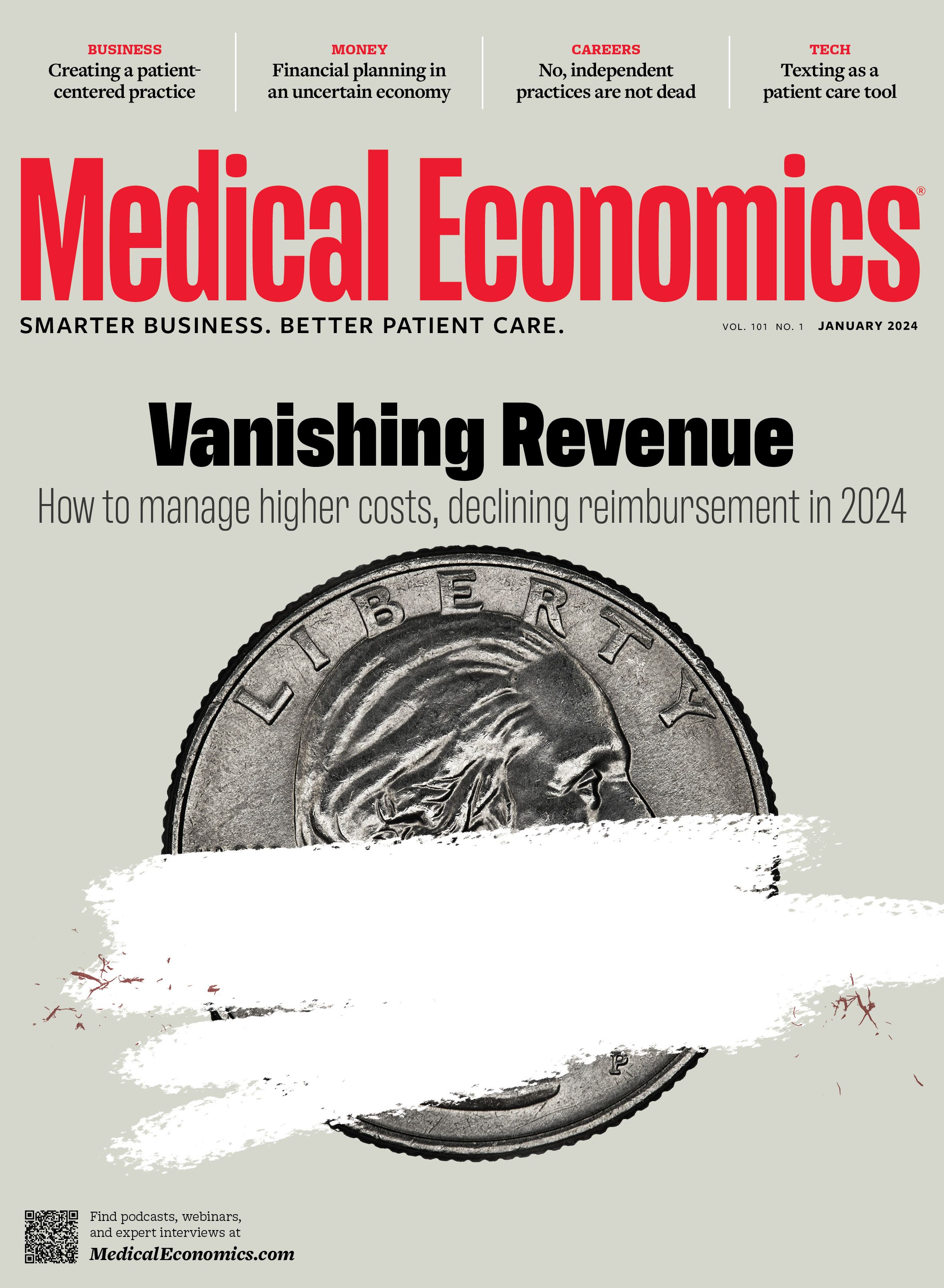Blog
Article
Medical Economics Journal
This year, technology will change primary care as we know it
Author(s):
Technology will change primary care in 2024: ©Digital art creations - stock.adobe.com

It is not uncommon for people to wait weeks or even months to see a health care specialist after visiting their primary doctor and being told that was the needed course of action to address their issue. On some insurance plans, this is the only way to get an appointment with a specialist. Other plans allow consumers to see a specialist directly, but they have to be in the network. Health care plans — really, the entire system — have grown more complex over the years. Patients are left to maneuver as best they can with little or no guidance, and many are left to bear the sometimes unfortunate consequences of waiting. Technology can help speed up the process of connecting the patient and doctor virtually whether through electronic health records or telehealth.
Albert Einstein famously said, “If you can’t explain it to a 6-year-old, you don’t understand it yourself.” A person would be hard-pressed to easily explain the U.S. health care system to a child. The multiple layers of regulations, insurance requirements and the obstacle course to reach the right doctor have prevented patients from receiving the immediate care they need.
Experts predict the global digital health market will grow at an annual rate of 18.6% by 2030. And although that brings opportunities, health care should be about the people. Here’s the catch-22: The only way to make health care about the people is to leverage the right technology. For example, telemedicine platforms have the ability to remove the middlemen (insurance companies) who may limit a patient’s treatment options.
Patients challenged with choosing the best treatment option and who are not clear on how to make a health care decision should be able to seek a timely medical second opinion without middlemen delaying that process. Second opinions give patients a better understanding of what is happening as well as a fresh perspective to help them navigate the best next steps.
Technology: The heart of the solution
As technology advances within every industry, including health care, and digital adoption continues to skyrocket since the COVID-19 pandemic, health care providers and the middlemen need to adapt to these changes. Every day, new technologies are introduced that can streamline the process.
For example, during the pandemic, most primary care physicians found a way to shift a portion of their practices to serve patients who were seeking treatment remotely. Doctors were able to easily adapt their skill sets and get on board with telemedicine. The switch to telemedicine provided direct access to patients who needed it most. This proved that you can receive quality information about your health care and connect with doctors using technology. These digital health platforms ensure that doctors have the correct patient information (e.g., medical records or data from the patient). This will help a doctor more quickly understand the patient, which will lead to cost reduction and at the same time streamline the process.
Generative artificial intelligence (AI) and emerging technology have the potential to bring $1 trillion to $1.5 trillion in investments through 2027. To further the use of technology in health care, we have started to see ChatGPT-4 being used to improve, not threaten, physician/patient engagement. It’s an enhancement, and it’s only the beginning of how generative AI can play the “AI as an ally” role in health care. The focus is on understanding the true merits and limitations of ChatGPT. Health care professionals need to recognize it and other AI solutions as productivity enhancers.
In broad terms, middlemen in any industry survive because of information asymmetry and the lack of knowledge. AI can help quickly fill the gap in information asymmetry by effectively matching patients and doctors across geographies, which results in faster consultations.
By enabling easier access to global health care solutions, ChatGPT-4 also can help accelerate the creative thinking needed to resolve problems and ultimately benefit the entire health care ecosystem. With generative AI enhancements, doctors will be able to discover new solutions to health issues that have until now had limited treatments. This can lead to better outcomes for patients and contribute to advancing global health care.
We’re not there … yet
Even with the constant improvements in technology, the current American health care system is riddled with problems that lower the quality of care a patient can receive. According to Merritt Hawkins, the time to get an appointment with a physician had increased to an average of 22 days in 2022. For people in need of help, this amount of time is unacceptable. Hence, there is a need to revisit the potential that technology offers and determine how to best harness it to ensure quality, timely care for patients.
For example, people should be able to virtually visit a specialist without bank-breaking costs. This is possible by unlocking doctor availability, which can help cost optimization for the patient population. This can happen only with the correct technology in place, such as data interoperability among platforms on a doctor’s calendar.
Technology enables more efficient patient/doctor consultations and may result in a healthier patient population. This has the potential to lead to lower expenses for insurance companies because patients will adhere more to prescriptions and treatments. Patients who don’t adhere to their medications are a major challenge for the entire country, and adherence can be more effectively tracked and nudged with virtual primary care and allied technology.
The emphasis needs to be put back on providing care for patients as efficiently as possible. Technology can help achieve that goal in 2024 and beyond. There’s much work still to be done to ensure the middlemen do not impede needed treatments. To recenter our focus on successful patient outcomes, the health care industry must embrace all that technology has to offer within privacy boundaries. This can be done if the focus is more on the why: the people.
Dhruv Suyamprakasam is a co-founder and the CEO of iCliniq.

Newsletter
Stay informed and empowered with Medical Economics enewsletter, delivering expert insights, financial strategies, practice management tips and technology trends — tailored for today’s physicians.





